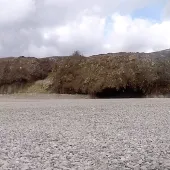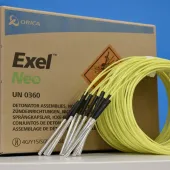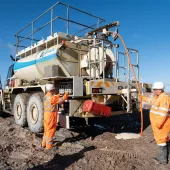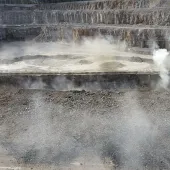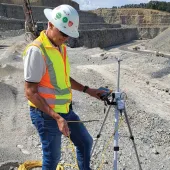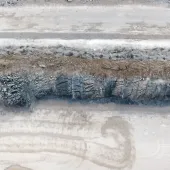Blast Optimization At Linhay Hill
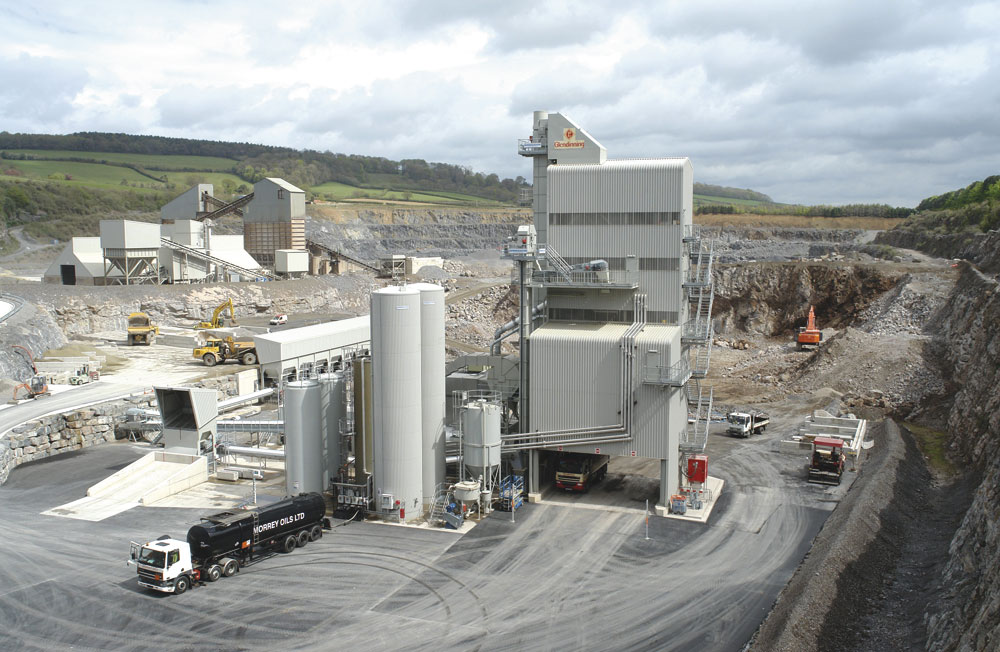
Improving operational efficiencies through pattern expansion
E&JW Glendinning Ltd are one of the last independent hard rock quarry operators in south-west England, providing their local customer base with a range of quarry, concrete and asphalt products. Linhay Hill Quarry, near Ashburton, is the company’s main production site processing around 500,000 tonnes of blasted limestone per annum.
Towards the end of 2009, Orica approached the site management at Linhay Hill with a view to trialling i-kon electronic detonators to improve Glendinning’s blasting outcomes both financially and technically. Until this approach, the use of Exel shock-tube as the initiation system, together with packaged explosive and site-mixed ANFO, was the normal method for blasting at the quarry.
The site management’s initial perception was that i-kon detonators were only effective in vibration-sensitive areas and that their cost had deterred uptake in the market place. However, in consultation with the quarry manager, Orica designed and fired a series of shots with different burdens, spacings and timings, the aim of which was to reach a point where the cost per tonne of blasted rock using i-kon and Centra Gold 70 equated to the cost per tonne of the traditional system using shock-tube, packaged explosives and site-mixed ANFO. This also needed to take into account the drilling costs.
At the same time, the quarry management at Linhay Hill wanted to maintain good fragmentation with little oversize, and Orica were also keen to demonstrate the benefits of the i-kon electronic detonator in this respect. The advantage of the electronic blasting system (EBS) is that it allows programmable millisecond delayed initiation patterns to be designed so that space is always created for adjacent holes to fire in the correct order and at accurate delay times, thereby achieving greater fragmentation and leading to greater throughputs in the crushing process.
The desired outcomes were well demonstrated on three- and four-row blasts where the fragmentation was excellent with a power trough half-way down the face on each blast.
After 12 months of successful trials, managed by Orica UK’s technical team, the benefits of the i-kon initiation system and Centra Gold 70 were proven and Glendinning’s site management have now committed to the products. This included purchasing the Logger and Blaster 400 exploder, SHOTPlus-i software, and a classroom and on-bench training package (see box for further details).
Rock is now being put on the ground at the same price per tonne as the traditional shock-tube, packaged explosive and ANFO offering, although on several occasions the site management has reported beating the previous cost by 1p/tonne, with greater fragmentation than before while carrying out larger blasts.
Prior to using i-kon and Centra Gold 70, Glendinning were typically using 3.6m burdens and 3.6m spacings on an average face height of 15m. After carrying out the trials, the burdens have now been increased to 4.5m with spacings ranging from 4.2–4.5m all with the same drill-hole diameter.
Other benefits include:
- Increased drill rig life, with an expected reduction in drilling of 6,000m per year (typically £6,000).
- Shotfirer/driller is freed up for approximately 40 days a year and can be redeployed elsewhere in the quarry.
- Fewer deliveries of explosives as only detonators and cast primers need to be stored.
- Charging of shots can now be completed and fired before mid-day, producing more tonnage than the conventional system.
- Easy to check that all holes are connected in and connected correctly.
- After blasting, acknowledgement from the Logger, using the upload feature in Orica’s SHOTPlus-i software, that all detonators were programmed and commanded to fire. A printable blast specification is also available for record-keeping.
- Reduction in recorded vibration levels (this was not one of Glendinning’s principal ‘KPI’ outcomes, as historically there have never been any environmental blasting problems at Linhay Hill Quarry).
Acknowledgements
Orica Mining Services would like to acknowledge the support of the E&J W Glendinning Ltd management team, in particular: Thomas Black, shotfirer/driller; Neil Gibbs, quarry manager; Richard Webb, operations manager; and Ian Glendinning, operations director.
For further information, visit: www.oricaminingservices.com
i-kon training
On 19 May 2011, Orica UK Ltd carried out a one-day i-kon training session at Linhay Hill Quarry. This included a video on the overall i-kon system, practical hands-on instruction on how to use the system in manual logging mode, and instruction on how to operate the system when used in conjunction with the SHOTPlus-i computer-based software programme. The four candidates who took part in the session each received a certificate to confirm that they had successfully completed one day of classroom-based training in the use of the electronic detonators.
This one-day classroom-based course is complemented by a number of ‘on-bench’ training sessions, delivered by Orica UK’s technical team, during which the shotfirers complete a training log that counts towards their continuing professional development (CPD). These on-bench sessions are coupled with quarry production shots where the shotfirers are assessed on their competence to carry out shots on their own. After the shotfirers have been approved to fire shots using i-kon, Orica’s technical team remains available, by phone or site visit, to deal with any i-kon usage queries or updates, and to offer blast improvement assistance.

